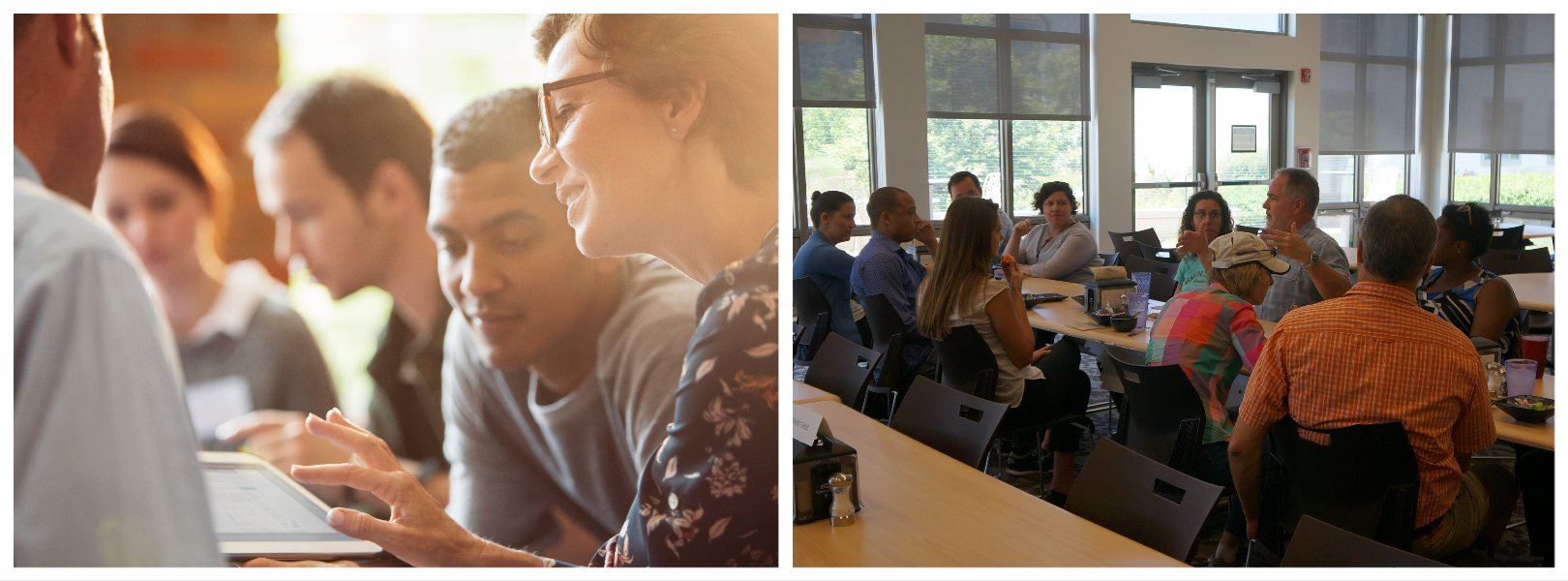Technical Working Groups

NEON relies upon input from more than 20 Technical Working Groups (TWGs), comprised of science, education, and engineering experts. These groups play an important role by providing input to NEON’s data collection and processing methods; they also help ensure that NEON infrastructure, data, and programs are a valuable community resource. Working groups are participatory and advisory; they are often tasked with providing input on issues that have scientific, educational, engineering, or operational implications.
TWG Member Expectations
TWG members may be asked to respond to three to five requests per year for guidance and feedback, primarily via email. Typical requests could involve review of documents pertaining to project team functions, processes, and procedures; advice on field or laboratory procedures, protocols, or study design; and provision of technical information. Members will be notified of upcoming review requirements as they become known and with as much lead time as possible – typically at least 2 weeks. TWG members are expected to:
- Review documents in a timely manner
- Provide recommendations in brief
- Adhere to confidentiality requests from NEON
A request for information may be less formal and entail a simple email response to either the Chair or NEON staff member. In all cases, TWG members will be given sufficient time to respond to individual requests.
TWGs generally will not be asked to produce extensive reports or other labor-intensive products. Deliverables shall be agreed upon at the start of a request for review or information. NEON anticipates deliverables will mainly be short, concise documents, emails, and/or discussions. In the event that a more extensive product is required, mutually agreeable arrangements will be made beyond that envisioned as normal TWG operations, including appropriate compensation for time, travel, and materials as appropriate.
Joining a TWG
To join a TWG, you can either nominate yourself or someone else. The call for nominations typically opens in July or August and closes in September. Once you fill out the nomination form, you will receive a communication no later than November, updating you on your nomination status. Questions? Please Contact Us.